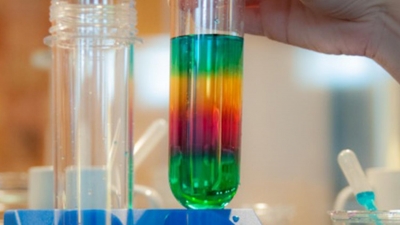
The cultivation of the cocoa tree began over 3,000 years ago by the Mayan, Toltec, and Aztec people. They were experts in making ceremonial beverages using cocoa beans. They also used the cocoa bean as currency. The Mayans considered chocolate to be the food of the gods.
In Europe Spain was the first country to produce chocolate. However, at that time chocolate was enjoyed as a beverage. Chocolates in solid form were first made by Italian and French confectioners. Later, Italians started making them into rolls and slices. In 1819, Francois-Louis Cailler became the first person to produce chocolates in a factory.
It was in 1876 that the first white chocolate was made by Daniel Peter of Switzerland. He added dried milk to make milk chocolate. Later, many varieties of chocolates were made all over the world.
Picture credit: google





